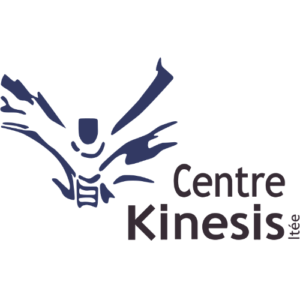Californian massage
Originally, as its name suggests, from California, the popularity of this technique continues to grow. Whether in North America or Europe (where it is also found under the name of sensory massage), the Californian massage responds very well to the demand of a clientele looking for effective and lasting relief through deep relaxation. of its tensions but also and above all a global harmonization of the whole being. In fact, it is the anti-stress massage par excellence!
1- History
2- Applications and effects
3- Indications and contraindications
4- Course of a session
History
It was in the 1970s, in Big Sur, California, in the context of a personal growth workshop at the Esalen® Institute, that the main lines of the technique were built. More than relaxing, this massage was an opportunity to reconnect with your body. Its first clientele being made up of people in search of internalization, the Californian massage had to be comforting and reassuring. It also had to be able to relieve sometimes deep and long-standing muscular tension. It is on the basis of these objectives that Margareth Elke has largely contributed to establishing the Californian massage as an organized system.
Proud descendant of the Swedish massage, the Californian massage knew how to preserve several manoeuvres. We find there: treading, kneading and friction rotations which allow oxygenation and the relief of deep tensions, as well as effleurages and sliding pressures which favor the activation of the circulation of fluids.
The softness of the Californian massage is not synonymous with lightness but rather defines the interaction between the giver and the receiver.
Nowadays, this technique has many followers. Its clientele is wide and highly varied. Men and women of all ages see it as a privileged tool to fight stress. For many people, receiving a Californian massage is offering themselves an oasis, a rejuvenation.
As it is given with listening and compassion, the Californian massage promotes the emergence of body memory and is sometimes of great help for people who have experienced a trauma or who are taking a psychotherapeutic approach.
Indications and contraindications
Although not curative, it provides effective relief for people suffering from chronic pain. It allows people with fibromyalgia, arthritic or other diseases to partially relieve their muscle pain but also to reduce the unpleasant aspect of pain by maintaining a positive relationship with their body.
There are few contraindications to massage, but it is necessary for the therapist to ensure that the service offered meets the client's needs and condition. For example, a person cannot be massaged if they are suffering from a fever or a contagious illness or after major surgery.
A Californian massage session begins with a general assessment of the recipient's state of health.
In fact, whether in a preventive or palliative way, the Californian massage is for anyone wishing to maintain healthy contact with their whole body and their whole being.
It is with supple hands, by adequately using the weight of his body and his breathing, that the therapist invites the recipient to surrender, to muscular relaxation and to sensory rediscovery. The maneuvers, of varying pace and depth, are applied directly to the skin with oil. Based on a series of defined maneuvers, the Californian massage is distinguished by its long enveloping and fluid movements. Given with great respect for the integrity of the individual. it leaves plenty of room for creativity and customization. Although passive, the person who receives a Californian massage participates in an art, that of the consciousness of his being.
Source: FQM
Therapist practicing this technique:


Leave a Reply
Want to join the discussion?Feel free to Contribute!